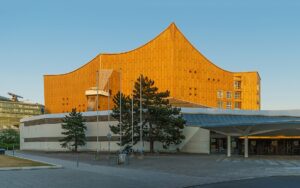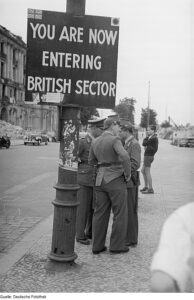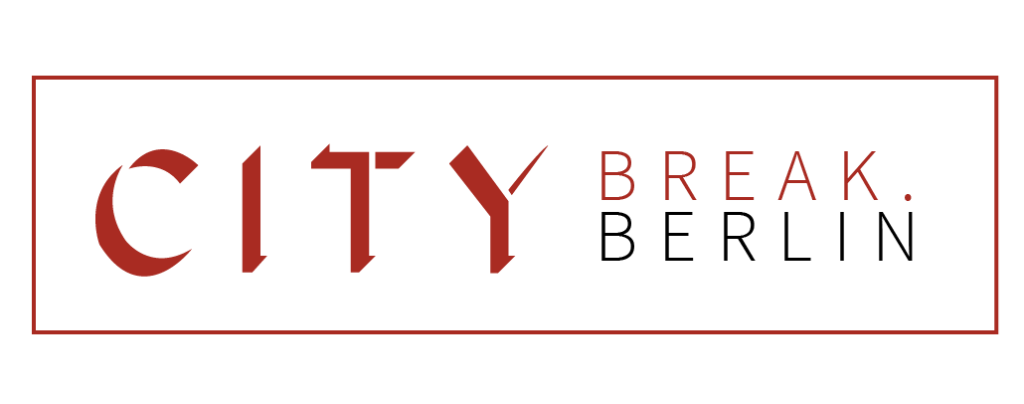Berlin’s character, like the characters of the people who live here, can surprise and often intrigues those who visit. People come here looking for one thing, and often find another. This element of the unexpected, this complex laying of identity and meaning, is one of the things that most attracts, and sometimes repels, those who come in search of the past.
What do you think of, when you hear the word «Berlin?
What do you think of, when you hear the word «Berlin?» Is it Hitler giving ranting speeches and jackboots pounding the pavement? Is it the Cold War era Wall, cutting the city in two? Is it Gestapo agents and Stasi spies lurking in the shadows, waiting to snare anybody who dares to question their authority?
Or do you see a progressive city of open-minded liberal people, celebrating the diversity of this city of immigration? Do you see David Bowie walking the streets? Or perhaps you visualize Pride parades and countercultural movements, rave parties and night clubs, and a sometime gruff individuality on display everywhere.
Signs of what we might call rebelliousness are everywhere. Nowhere in Germany, for example, is so covered in graffiti as Berlin. Rubbish, broken bottles, and discarded household furniture litter the streets all year long. Those living rough seem omnipresent even in the city centre and it’s not uncommon to find people marching in support of political and social causes dear to them, despite the fact that some of these protests run directly counter to the political narrative the government might be trying to push.
Berlin the Rebellious and Berlin the Authoritarian: A CITY OF CONTRASTS.
To understand this with a simple visual image, imagine a simple «plus sign,» like the arithmetic symbol for addition. Let the horizontal line represent egalitarian, counter-cultural Berlin, and let the vertical line represent hierarchy, authority, and government.
It just so happens that near the city hall, you can see this city’s contrasting character in action, via the architecture. In the 13th century, when Berlin grew into something beyond a mere riverside fishing village, it gained the so-called Magdeburg Rights, or German City Rights, which meant that the town was essentially a self-governing, autonomous entity, which enjoyed the rights to hold markets and reap the financial benefits and judge its criminals in its own ways. Berlin, in other words, had the concept of independence and freedom built into its very identity from the first.
However, in the 15th century, the leader of the surrounding territory, the Margrave of Brandenburg, decided to make Berlin a «Residence City,» meaning he would live and rule his territory from there. This didn’t sit well with the city folk, who fought against this move, in the literal as well as the legal sense. After several bloody clashes, the city lost its free city status and was taken over by the Hohenzollern dynasty.
But there was a fascinating nuance. The city, which at that time was bounded by the river Spree on one side and the medieval city wall – the location of today’s elevated S-Bahn line either side of today’s Alexanderplatz station – on the other, refused to allow the ruler to build a palace within the town’s borders. Instead, the dynasty was effectively kicked out of the city limits, which were just across the river. There, glowering across that small stretch of the water, the rulers built their first palace. The conflict between self-governing Berlin and the city of authority and palaces was written into the fabric of the city’s layout from the mid-15th century.
Fast forward to the 19th century. The city palace, by now much enlarged, got a new dome in the 1840s. This was a good old-fashioned Roman style dome, emblematic of raw power and wealth. Twenty years later, across the river, in the heart of the old city, the city hall was rebuilt. So far, so ordinary. But these two buildings beautifully capture the essence of Berlin’s dual identities.
The town hall, the Rotes Rathaus in German, was full of symbolism. The architecture on display encoded Berlin’s rebellious, contrary nature in its very architectural features. The building is essentially a subtle homage to Renaissance Italy, and to Florence in particular. Why? Simply because Florence was, in its heyday, a self-governing republic based on trade. The Berliners, in making their city hall echo the Florence of the Renaissance, were deliberately snubbing the royal family across the Spree. Notice the Italianate frieze running over the doors and those delicate thin columns that bring to mind the Mediterranean sunshine more than the grey hard skies of northern Europe.
But the Berliners didn’t stop there. They built the city hall’s central tower just a bit higher than the new dome over the palace across the river. This was a subtle, yet unmistakable, architectural middle finger to the dynasts across the way. Today’s reconstructed palace dome and the old town’s city hall are two buildings that are very much in an antagonistic dialogue with each other. The character of the city, those horizonal and vertical elements, are on stark display here.
Thanks to the destruction of the old town through the war and communist reconstruction, you can see this for yourself very clearly. Stand in the broad open square with the giant TV tower behind you. In front of you, across the river, you can see the imperial dome of the palace and to your left you can see the rebellious city hall. Only in Berlin does a city reveal its essential character so starkly through its layout and architecture.
So, enjoy Berlin the Rebellious and enjoy its clash with Berlin the Authoritarian. It’s an age-old conflict in Berlin, written in brick and stone, and visible to you today.





